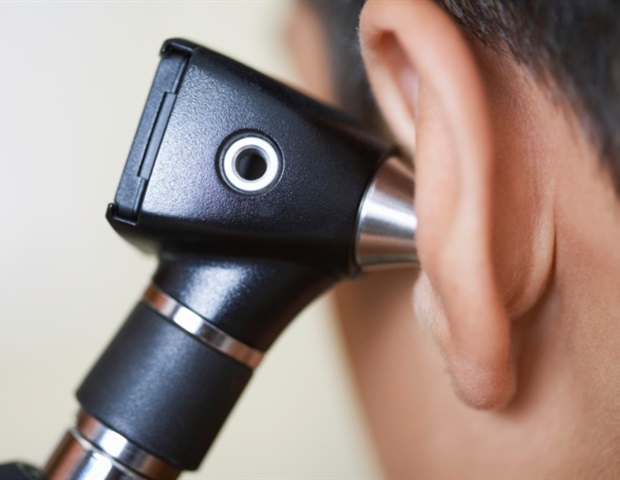A nanoparticle vaccine designed to fight cancers induced by human papillomavirus (HPV) eradicated tumors in an animal model of late-stage metastatic disease, UT Southwestern Medical Center scientists report in a new study published…

A nanoparticle vaccine designed to fight cancers induced by human papillomavirus (HPV) eradicated tumors in an animal model of late-stage metastatic disease, UT Southwestern Medical Center scientists report in a new study published…